
Plant Scientist Highlight: Ottoline Leyser
Why did you originally decide to pursue science and what got you interested particularly in plant hormones?
I have always been interested in how things work. It’s the first thing I find myself asking whenever I see something interesting. Science is a great outlet for that sort of curiosity.
My…
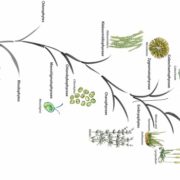
A New Polysaccharide with a Long Evolutionary History
By Peter Ulvskov and Jesper Harholt
For the first time in a very long time, a new polysaccharide is reported in plants. Roberts et al. (2018) discovered an arabinoglucan in the moss Physcomitrella patens. This discovery came about not as a result of biochemical characterization of the moss cell…
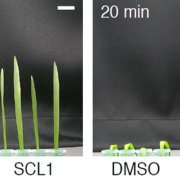
Identification and characterization of compounds that affect stomatal movements ($) (Plant Cell Physiol)
Toh et al. screened more than 20,000 chemicals from chemical libraries for compounds that regulate stomatal movement. They used Commelina benghalensis for their screen, as its stomata are about twice as large as those in Arabidopsis thaliana. They identified nine compounds that inhibited stomatal opening…
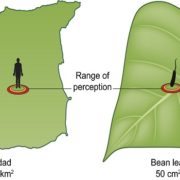
Insight: Phyllosphere microbiology: at the interface between microbial individuals and the plant host (New Phytol)
A bean leaf might not look big to us, but to a bacterium it is huge: authors Remus-Emsermann and Schlechter point out that in terms of scale, a microbe is to a leaf as a human is to the island of Trinidad. Like an island, a leaf has diverse inhabitants and provides diverse microhabitats. Much of what…
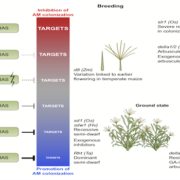
Insight: The impact of domestication and crop improvement on arbuscular mycorrhizal symbiosis in cereals (New Phytol)
Cereals, such as rice, maize, wheat and sorghum are the nutritional base for many human societies, accounting for over 50% of the global caloric intake. Therefore, sustainability of (cereal) agriculture and quality of the cereals consumed is a great concern. This has led to an increasing interest into…
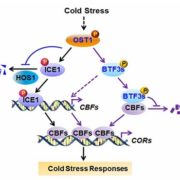
OST1‐mediated BTF3L phosphorylation positively regulates CBFs during plant cold responses (EMBO J)
Ding et al. have just elucidated an important protein involved in the cold response of plants: BTF3L (basic transcription factor 3-like). The CBF/DREB (C-repeat binding factor/dehydration-responsive element protein) family of transcription factors are the main cold responsive pathway. The new article…

Women in STEMM: Will the gender gap close in your lifetime? (PLOS Biol)
Gender inequality has been a much-discussed topic in recent years, and many studies on gender inequality relating to employment, business success, and opportunities for education have recently been published. Academia is no different, and gender inequality is still a major concern in the Science, Technology,…
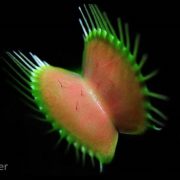
Review: Venus Flytrap: How an excitable, carnivorous plant works ($) (Trends Plant Sci)
The one sure-fire way to get children excited about plants is to show them how a Venus flytrap works. But how does it work? We’ve all heard that the trap “counts” the number times it is triggered, and that it requires two or more touches in quick succession to close – but how does it count? Hedrich…
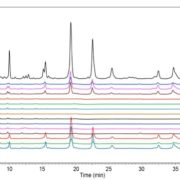
A moss glycosyltransferase produces a novel cell wall arabinoglucan ($) (Plant Cell)
Plants produce a wide range of polysaccharides in their cell walls, some of which are restricted to certain species. Roberts et al. investigated a moss gene encoding an enzyme that resembles a mixed-linkage (1,3;1,4)-β-glucan (MLG) synthase. When expressed in tobacco, this enzyme produces a novel unbranched,…

